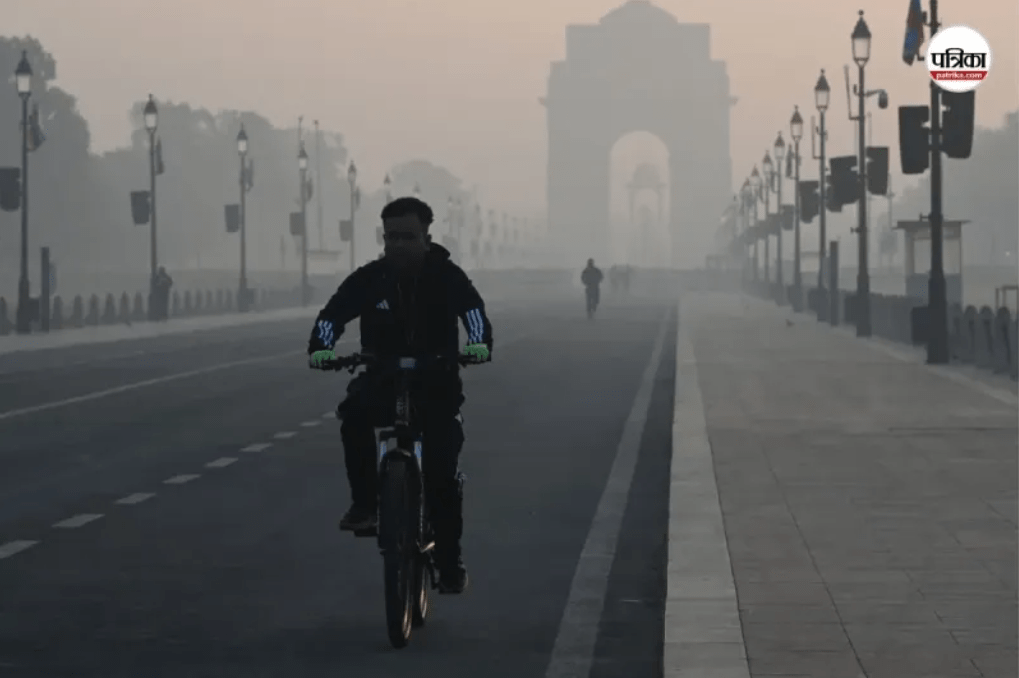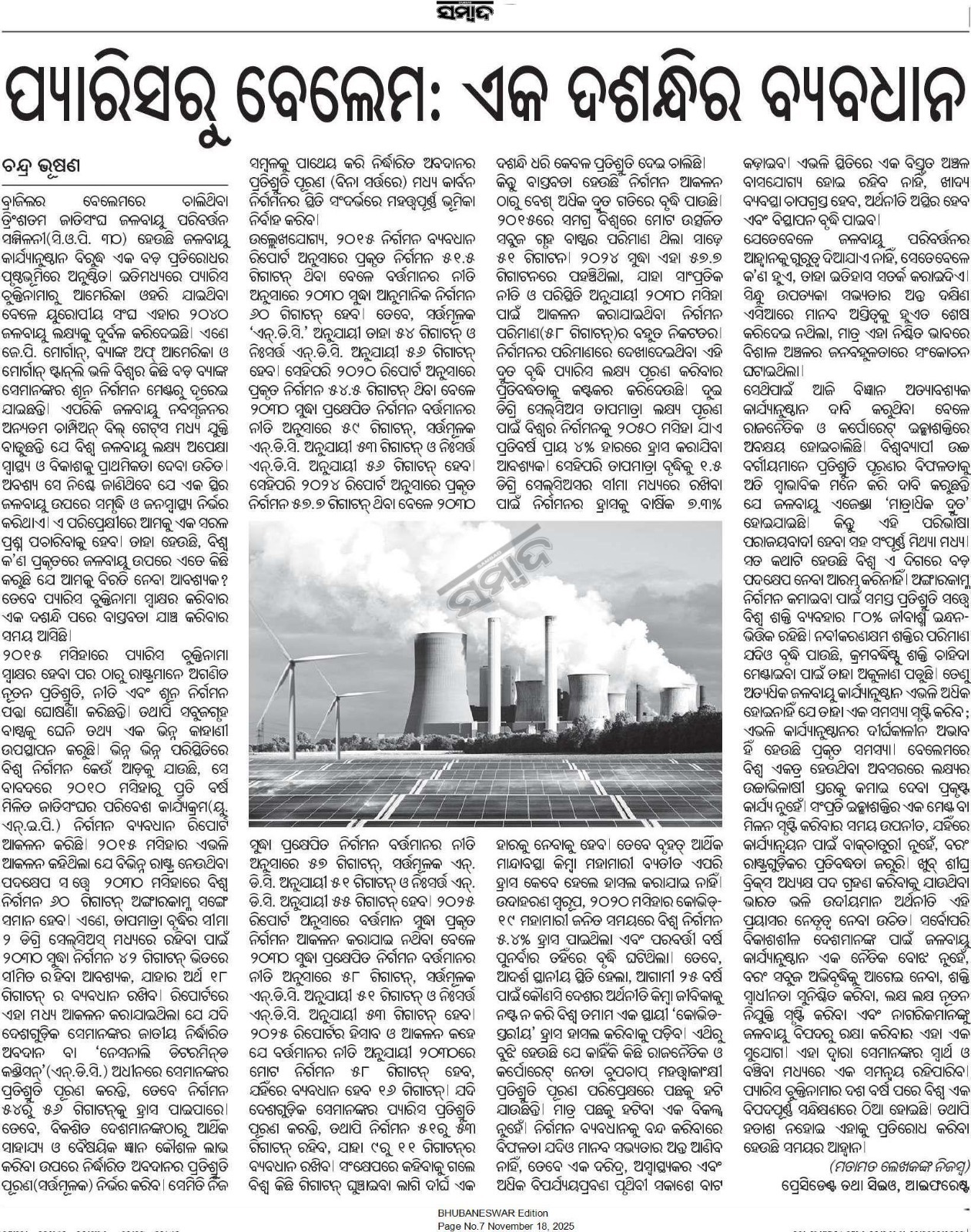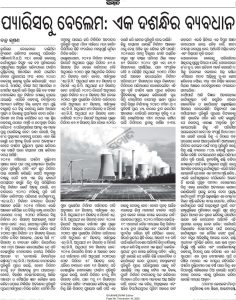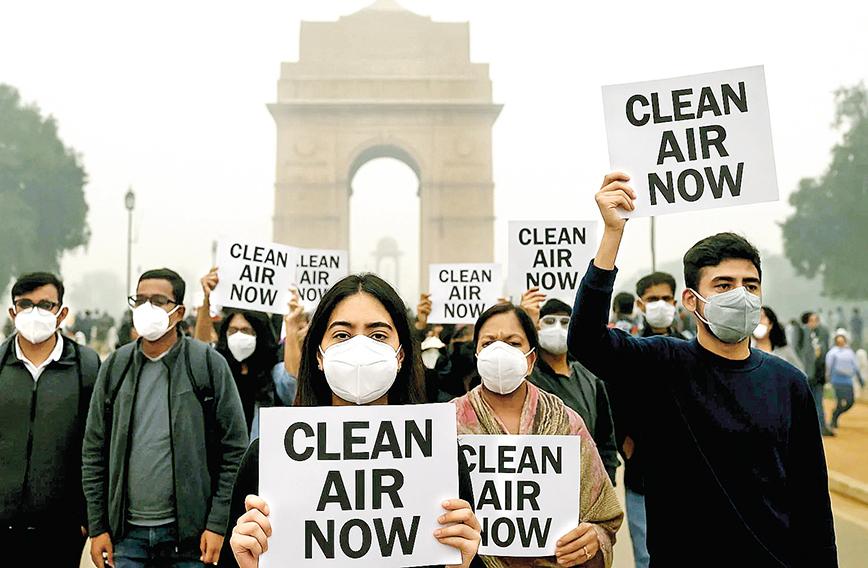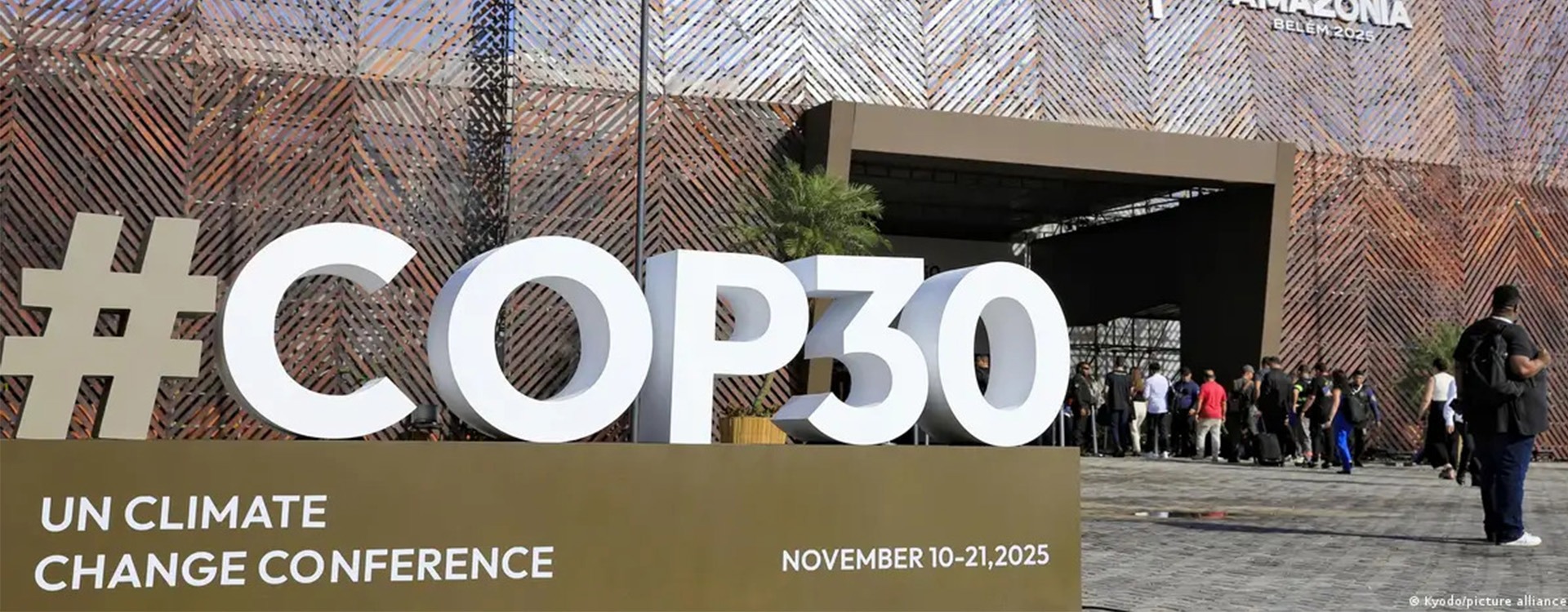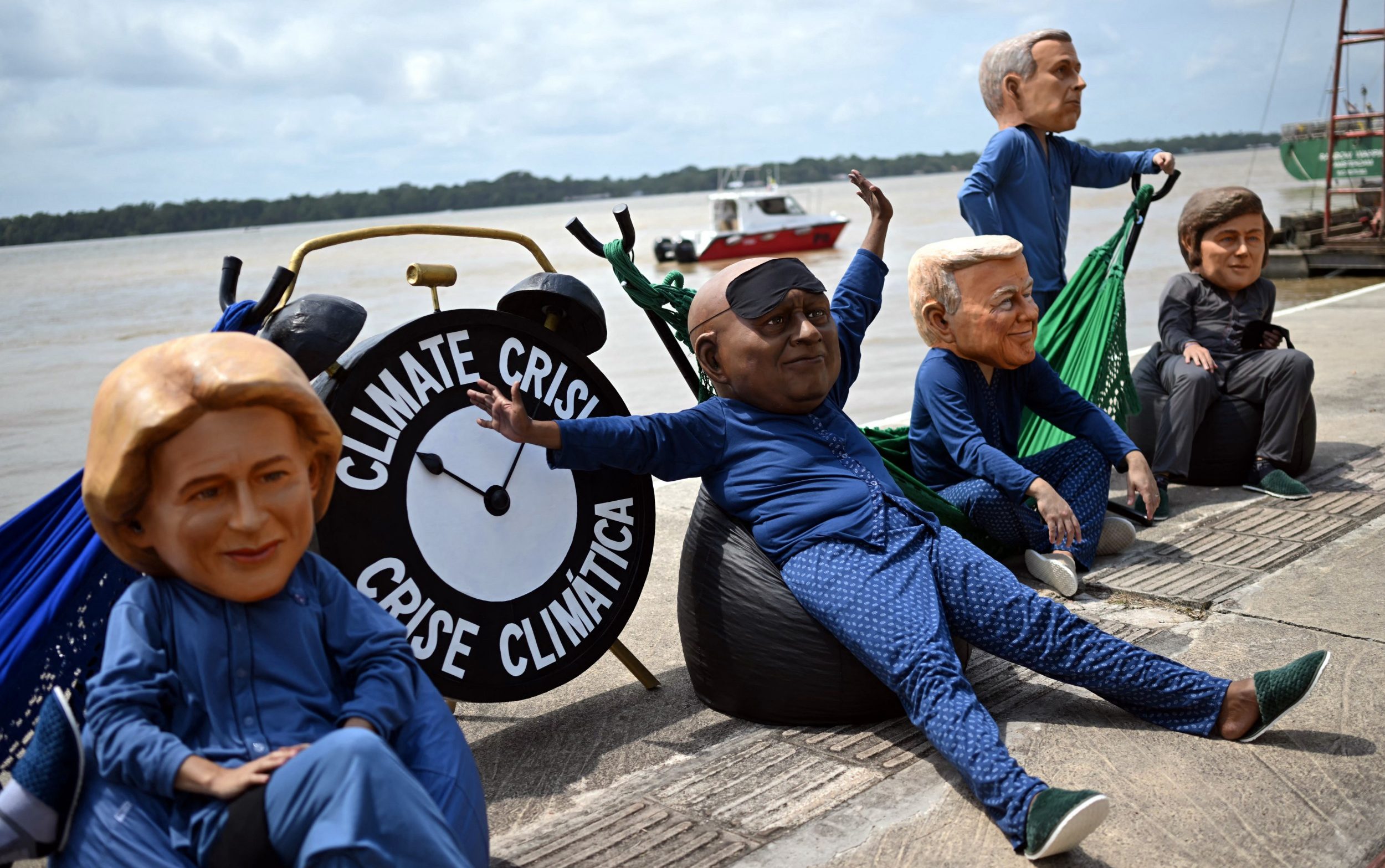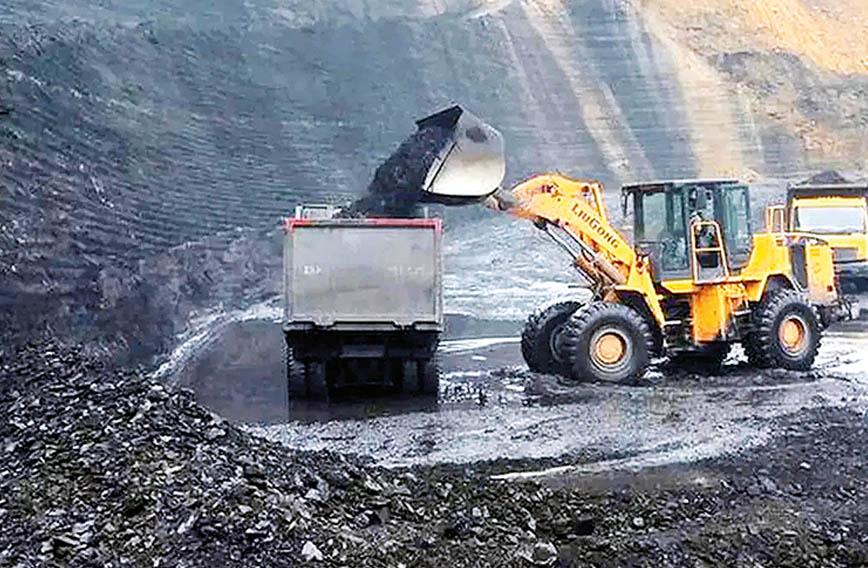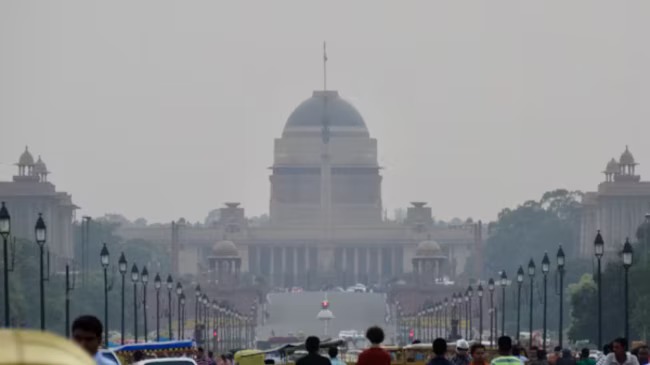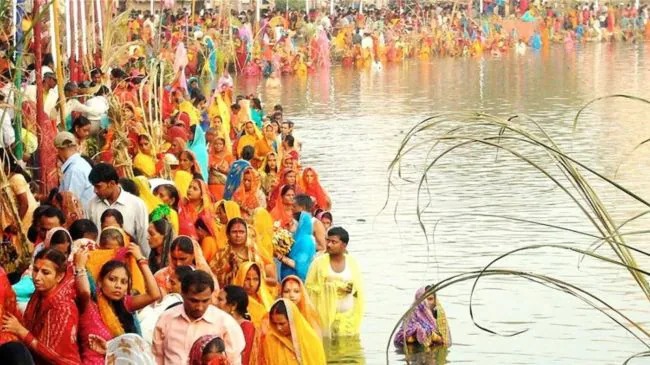For more than a decade, Delhi has experimented with various pollution control measures — the ‘odd-even scheme’, smog towers, water cannon, tree plantation, the Graded Response Action Plan or GRAP, (which restricts industry, construction, and vehicular activity during winter), and now cloud seeding. Despite these efforts, the city continues to suffer. The root cause is simple: these reactive measures do not address the core pollution problem.
Delhi, which constitutes only 2.7 percent of the National Capital Region (NCR), sits at the heart of one of the most urbanized, industrialized, and agricultural regions in the world. Consequently, its air is heavily influenced by pollution from neighbouring districts. Studies reveal that only 30 to 50 percent of Delhi’s air pollution originates within the city, while the remaining 50 to 70 percent comes from outside. This means that a regional approach is essential to reduce air pollution in the city.
Further, the main sources of pollution in Delhi-NCR are the use of biomass for cooking, heating, and in micro and small industries, along with the burning of agricultural residue in surrounding states. These activities contribute over 50 percent of total PM2.5 pollution. Another 30 percent comes from industries and power plants that rely on coal and other fossil fuels. In other words, more than 80 percent of PM2.5 pollution in Delhi-NCR results from solid fuels — particularly biomass and coal burning — with vehicles contributing about 10 percent. This estimate does not include dust from roads, construction sites, and barren land, which are also significant sources of particulate pollution.
If Delhi is serious about improving air quality, it must stop relying on ineffective, superficial solutions. These quick fixes do more harm than good by hurting the economy without tackling the root cause. The real solution lies in collaboration between the Central government and the states — Delhi, Haryana, Punjab, Uttar Pradesh and Rajasthan — to confront pollution at its source. This collaborative effort can be operationalized through a new governance framework and institution to implement a coordinated clean air action plan. This would require all states to relinquish some powers for the common good. Here’s how this can be achieved:
POLLUTION CONTROL ZONE
The Central government should declare Delhi and its surrounding areas an Air Pollution Control Zone. Within this zone, all air pollution-related measures should be implemented in a coordinated manner. Ideally, the zone should cover the entire airshed, spanning a 300-km radius around Delhi. However, considering the existing institutional set-up, this zone could include Delhi-NCR and four additional districts in Uttar Pradesh — Aligarh, Hathras, Mathura and Agra. This would encompass an area within a radius of about 150 km, with a population of around 80 million. Although this excludes key agricultural areas in Punjab and Haryana where stubble burning is rampant, that issue can be addressed through dedicated programmes aimed at eliminating crop residue burning.
EMPOWERED AGENCY
To oversee and implement a coordinated clean air action plan, a new empowered agency should be established. This agency should include representatives from both the Central and state governments at the decision-making level. To ensure adequate authority, it should be headed by a senior secretary-level serving officer of the Central government. The agency should have district offices, its own technical and administrative staff, and act as the nodal agency for air pollution control in the zone — superseding other Central and state agencies.
Similar agencies exist elsewhere, such as the California Air Resources Board, established in 1967 to tackle severe pollution in cities like Los Angeles. China has also created the Beijing-Tianjin-Hebei Regional Coordination Council to reduce pollution levels in Beijing. While India’s Central government has set up the Commission for Air Quality Management (CAQM) in the National Capital Region and adjoining areas, it has not been very effective because it lacks resources, authority, and a proactive action plan.
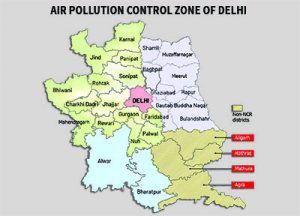
REAL ACTION PLAN
Delhi’s air quality — and India’s overall — cannot improve without a rapid transition to clean energy, along with a credible plan to reduce agricultural residue burning and control dust. The plan should consist of high-impact strategies that can significantly improve air quality within the next five years. Sample the following:
PM UJJWALA 3.0
The study we have done at iFOREST shows that the Pradhan Mantri Ujjwala Yojana has been the most impactful air pollution intervention in the past decade. Expanding access to clean cooking fuel across Delhi-NCR could reduce PM2.5 levels by 25 percent. Achieving this would require a new phase — PM Ujjwala 3.0 — to transition households to LPG or electricity for cooking. Research indicates that a 75 percent subsidy is necessary to enable exclusive LPG use in low-income households, costing about `5,000 to `6,000 per household annually — similar to the PM Kisan Samman Nidhi. In Delhi-NCR, this would cost around `6,000 crore to `7,000 crore per year, a fraction of the annual healthcare costs associated with air pollution-related diseases. This would be a profoundly pro-poor and pro-women initiative, especially considering that nearly 600,000 Indians — primarily women — die prematurely each year from indoor air pollution.
CLEAN HEATING FUEL
Across India, over 90 percent of households rely on biomass and solid fuels for heating during winter, contributing to severe pollution spikes in December and January. One of China’s pivotal air quality initiatives was a national clean heating fuel policy. While developing a similar long-term plan is essential, in the short term the Delhi government could ensure that only electricity is used for winter heating and enforce a strict ban on open burning. This approach would yield swift improvements in Delhi’s air quality.
END STUBBLE-BURNING
A major contributor to pollution spikes in October and November is stubble-burning. Curbing this practice would significantly reduce the occurrence of severe pollution episodes. Both short- and long-term strategies are required.
In the long term, agriculture in Punjab, Haryana and parts of UP must transition from intensive rice-wheat farming to diversified cropping systems. In the short term, technology and incentives can play a key role. The simplest technological solution is to modify or mandate combine harvesters that cut closer to the ground — like manual harvesting — and attach balers to collect residue. The residue can then be sold to industries.
Governments can launch an entrepreneurship-cum-market scheme to promote residue collection, processing, and sale. An incentive of `1,000 per acre, coupled with penalties such as fines or exclusion from government schemes for farmers who continue burning residue would be effective. This scheme would cost approximately `2,500 crore annually.
ENERGY TRANSITION IN INDUSTRY
Power plants and industry account for roughly one-third of annual PM2.5 emissions in Delhi-NCR. Reducing these emissions requires both technological upgrades and stricter enforcement. A scheme encouraging MSMEs to adopt cleaner fuel sources — especially electric boilers and furnaces — could significantly curb emissions. For larger industries, stricter compliance with pollution norms is essential. Shutting down older thermal power plants and enforcing the 2015 emission standards (still not fully implemented) will be critical.
TRANSITION TO EVs
Scaling up electric vehicles is crucial for reducing urban air pollution. Initially, the focus should be on transitioning two- and three-wheelers and buses, since these are already economically viable. Achieving 100 percent electrification of new two- and three-wheeler sales by 2030, and converting all new buses to electric in Delhi-NCR, would significantly reduce vehicle emissions. Setting a 30 to 50 percent electrification target for cars and other vehicles would further accelerate the transition to cleaner urban transport.
GREEN BELTS
Dust pollution from within Delhi and neighbouring areas, compounded by seasonal dust from the Thar desert, has a major impact on air quality. Creating a green belt around Delhi would serve as a natural barrier against incoming dust. Additionally, increasing green cover within the city — especially roadside and open-space greening — is essential to control local dust pollution.
STRENGTHEN MUNICIPALITIES
Local pollution sources — such as road dust, construction activities, open burning, traffic congestion, and poor waste management — are best managed by municipalities. Municipalities must be held accountable for addressing these issues year-round, not just during peak pollution seasons. Strengthening the National Clean Air Programme (NCAP) to support municipal efforts will be key to achieving sustainable air quality improvements.
If we implement these measures, air pollution can be reduced by 50 to 60 percent within five years. However, this will not be easy. We will need to work with millions of households to adopt clean cooking and heating fuels, millions of farmers to stop stubble burning, hundreds of thousands of industries to reduce emissions, and vehicle owners to shift to EVs.
There are no quick fixes to improving air quality. Systemic changes are essential if we are to breathe clean air. Everywhere in the world, environmental progress has come from systemic, scientific, accountable, and long-term solutions — not quick-fixes. Delhi must learn this lesson.
Chandra Bhushan is one of India’s foremost public policy experts and the Founder-CEO of the International Forum for Environment, Sustainability & Technology (iFOREST)
